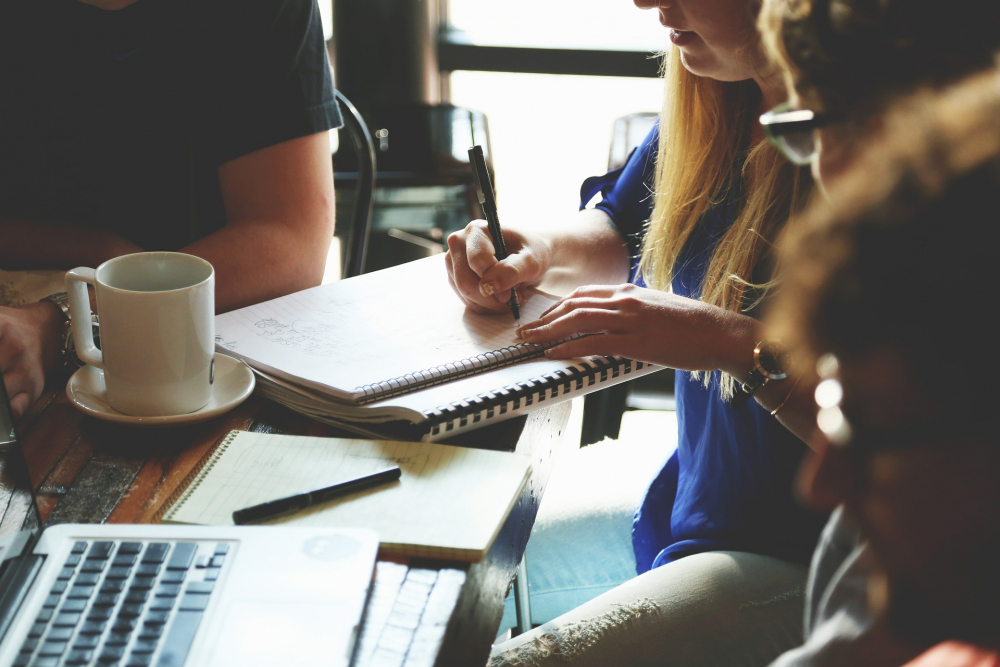An important part of the SUMBA+ project was the so called “Twinning” activity. It was designed to enable interaction and knowledge exchange between the pilot regions in the project Tallinn & Harju County, Riga Planning Region, Växjö, Hamburg-Altona and Tartu. The initial idea was to focus on direct experience exchange amongst municipal experts and to provide an opportunity to discuss important topics with other municipalities.
It was planned that each Municipality would have the opportunity to visit another municipality for 3 days to enable a deep exchange between experts from both sides. For this, the partners would choose a host that is dealing with similar challenges, so a good learning effect could be expected.
But by autumn 2021 where the visits were planned, the COVID 19 infections grew up again in most partner countries. Soon it was clear that an activity consisting of up to 5 international visits and a lot of face-to-face contact was not doable anymore. As a result, it was decided to organize one physical project meeting for those partners who were able to travel and to set it up in a hybrid format, so those who stayed at home could also take part in the discussions. Therefore, it was necessary to melt down the programme from 5x3 days to just one day but still provide a good learning experience. So, we planned 4 consecutive sessions, each dealing with different aspects of mobility and each consisting of presentations from experts followed by discussions amongst the participants.
Some findings from the twinning sessions:
- In many cases excellent results can be achieved in transforming the urban environment with relatively modest resources and measures (for example pop up bike lanes, tempo limits, car free zones). The most important thing to achieve goals is, in fact, the existence of political support. To convince decision makers it is helpful to have good practice examples from other regions at hand. Also, (traffic) data can help justifying decisions.
- To change living environments, it is advisable to establish temporary pilot cases first, see how they work and then collect feedback for adjustments. Many opponents will probably change their mind if they get the opportunity to experience the benefits of the changes themselves. This said, to implement successful measures, it is helpful to stay in constant dialogue with stakeholders and citizens. Even if it is unlikely that everybody will support new ideas it is easier to be successful when being in cooperative relations with people.
- The issues municipalities face when they establish climate friendly transport systems and more liveable city centres are relatively similar. This makes exchange amongst municipalities even more important as the experience of others might already have brought up solutions that can be more widely implemented. It is not necessary that every municipality invents the wheel by itself.
- Usually, people are interested to make their mobility habits more sustainable only if this brings additional advantages. There are a few key factors people look at which can make them change their car for another means of transport. Some of these are: Time effort, costs, comfort, accessibility, fun, health. Nobody will turn towards alternatives if they are not better than the car in at least some key areas.
In general, it was a shame to miss the opportunity to work closely with other municipality that face similar struggles, challenges and work with perhaps different approaches and measures. But the situation did not allow this, so as an alternative the twinning workshops brought additional information and experiences from other cities and helped create discussion in the defined themes that were identified by the partner cities and regions. Discussions extended even to the coffee breaks and more one-on-one. In some cases, we were left with more questions than answers, but this is an indication of a deeper learning in the different themes and issues and possibly brings about new ideas for future projects and partnerships.
Theme 1 Streets for people – moving space from cars to people. How to get residents and politicians on board.
This included presentations from Raimond Tamm, deputy mayor from Tartu, who provided experiences from his city; Carola Baier and Sebastian Schröder-Dickreuter from Planersocietät, who talked about traffic calming and “Quiet Areas” in Altona; and Dr. Julia Jarass, DLR Institute of Transport Research, whose presentation "From crossroad to town square" was about experiences from a real-world experiment in Berlin.
Theme 2 Sharing systems – How to establish them beneficially for the whole society and city.
This theme included presentations from Meeli Kuul from Anija municipality, who talked about cross-border bike sharing in rural areas and Jaagup Ainsalu who talked about MAAS in Tallinn.
Theme 3 Mobility hubs – “Come together”: good practices and perspectives
Benjamin Heldt from the DLR Institute of Transport Research introduced integrated mobility concepts in (new) residential areas.
Theme 4 Mobility trends in planning – new technologies and mobility options: A boost for better transport?
Kay Gade from DLR presented research results and current discussion on autonomous driving with a focus on public transport.

